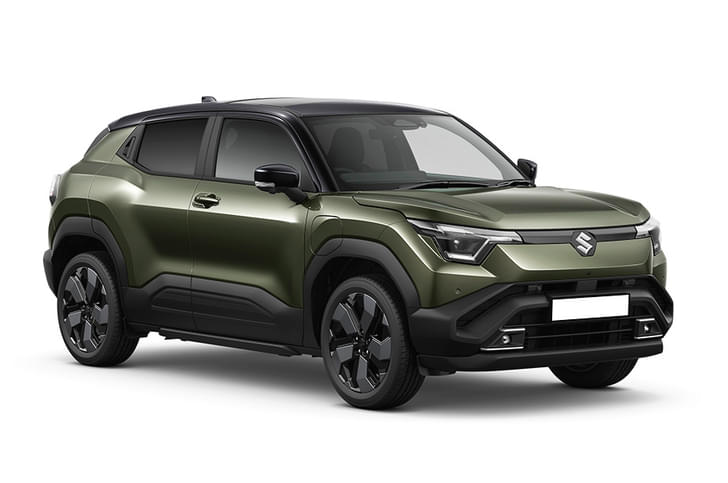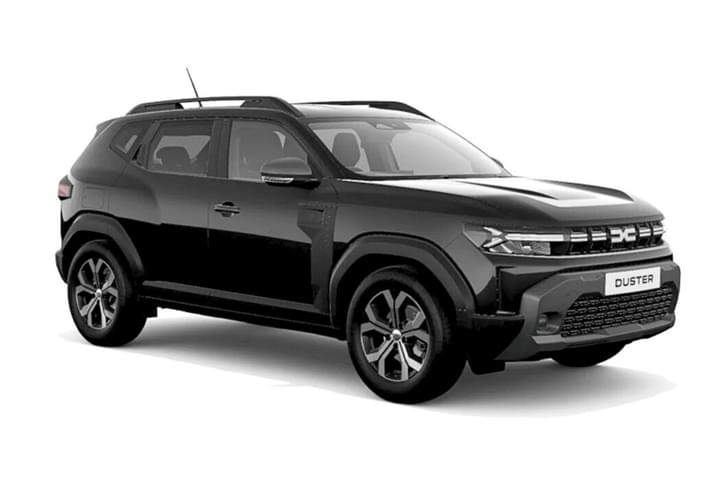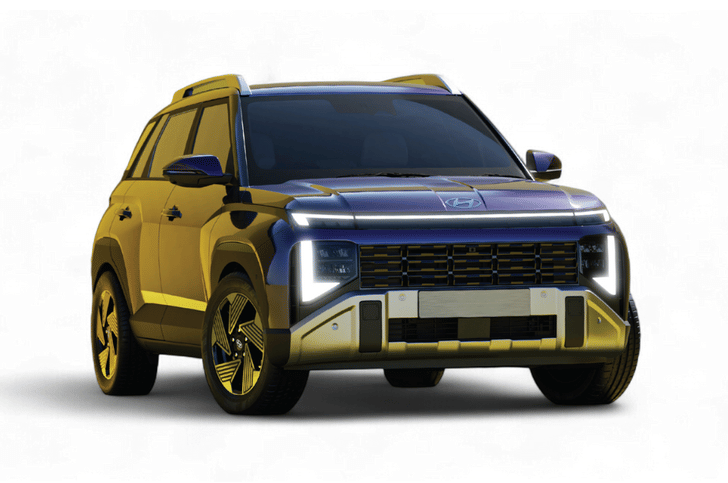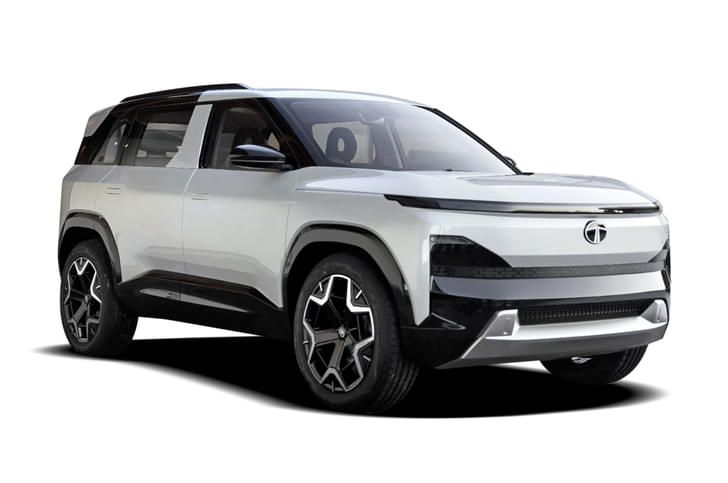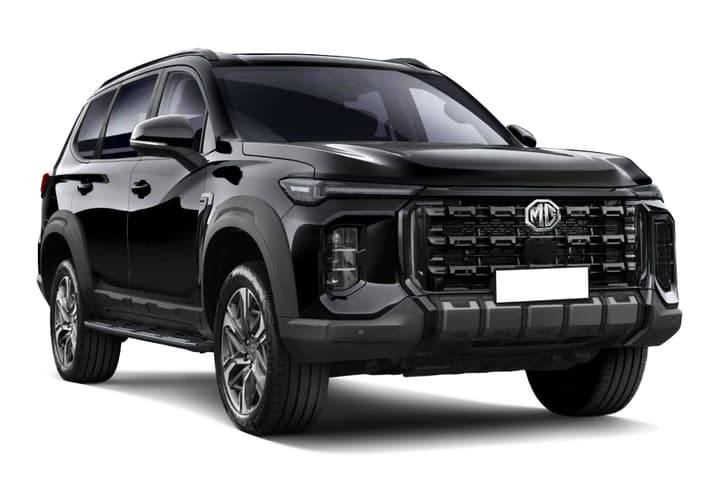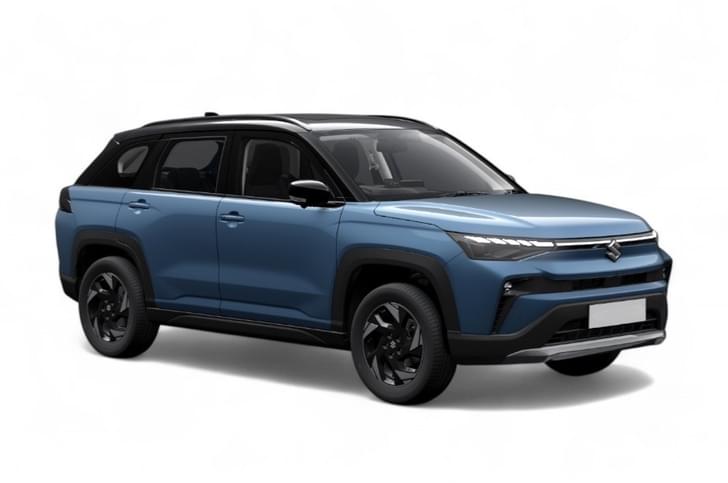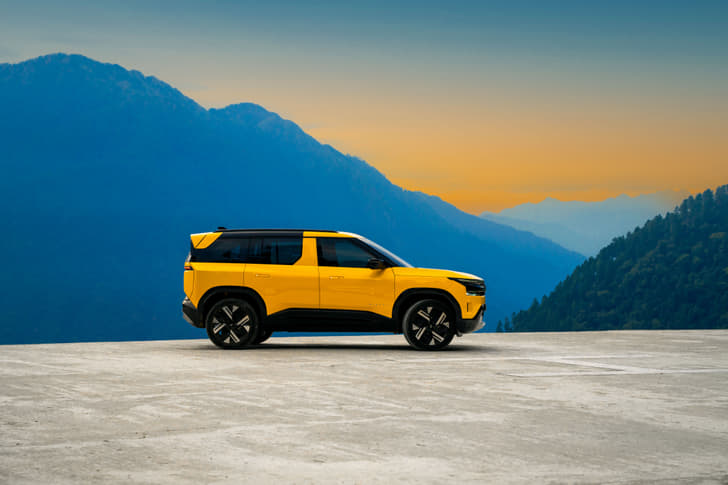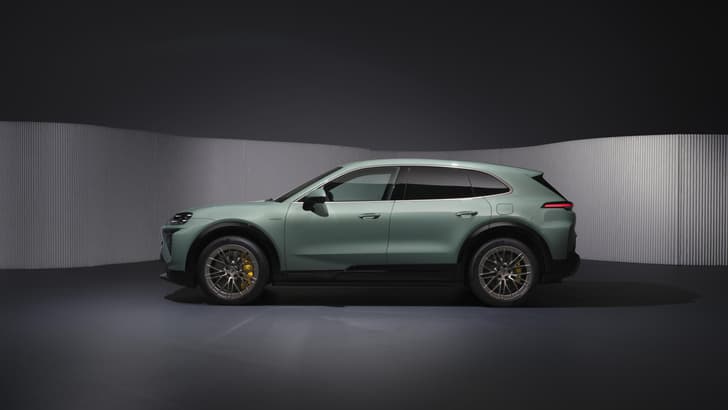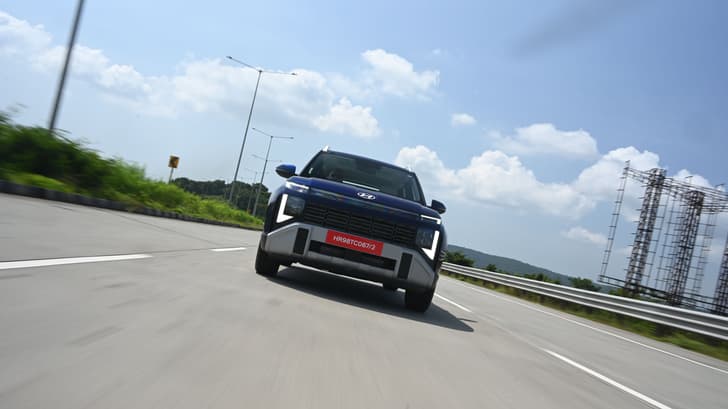What is it?
Earlier this year, Hyundai launched the facelift of the i20 premium hatchback at the Auto Expo. Before the launch of the facelift, the i20 was available with a 1.4-litre petrol engine paired to a four-speed torque converter gearbox. The other engine options included a 1.2-litre petrol with a five-speed manual transmission and a 1.4-litre diesel with a six-speed manual gearbox. However, with the recent facelift, Hyundai decided to discontinue the 100hp 1.4-litre petrol engine and carry on with the smaller 1.2-litre petrol and introduced a CVT automatic gearbox on it. The automatic version is available in two variants – Magna Executive and Asta, priced at Rs 7.04 lakh and Rs 8.16 lakh, respectively (all prices ex-showroom, Delhi). Unfortunately, the CVT gearbox it is not available in the top-of-the-line Asta(O) variant that has some premium features; this is likely to disappoint some prospective buyers. The earlier 1.4-litre Magna automatic variant was priced at Rs 8.97 lakh, which is approximately Rs 1.9 lakh and Rs 80,000 costlier than the current Magna and Asta CVT options, respectively. The Asta CVT now also gets some features that the earlier automatic didn’t, like Anti-lock Braking System (ABS), DRLs, 7.0-inch touchscreen infotainment system, automatic climate control and reverse parking sensors and camera.
What’s it like to drive?
Continuously variable transmissions or CVTs are known for their smooth drive and the i20 CVT isn’t any different. The 1.2-litre petrol engine serves up a good dollop of power and the transmission is smooth. The car moves off the line from standstill in an energetic and smart manner. At part and medium throttle inputs, the gearbox is also very smooth and you barely notice the change in gearing. The engine is fairly silent as well at these speeds, which make for a pleasant drive in the city. However, things are a little different when you floor the accelerator – the revs climb up and the engine gets noisy, but the same isn’t translated into vehicle speed. This rubber band effect, typical of CVTs, is quite prominent in the i20’s unit. So when the accelerator pedal is floored, the transmission holds the engine revs close to its max speed (around 5,500 rpm) without much of the power being transferred to the ground, initially.
So you need to plan your overtaking manoeuvres well in advance. What does help here, however, is the manual mode. Shift the gear lever to the right to engage the manual mode (it has no paddleshifters like the Honda Jazz), driving in which makes things better for overtaking. The engine’s mid-range packs a decent punch and, hence, keeping it above 3,500rpm results in better acceleration. The engine’s response in the top end isn’t very exciting and past 5,000rpm the engine noise gets loud without any actual gain in speed.
The suspension setup does its job well of absorbing bump at low speed. It is silent, transmits very few shocks into the cabin and despite the soft suspension setup, the i20 automatic does not bob or pitch. At high speeds, however, there is still a bit of vertical movement and the car doesn’t feel as planted. Also, the steering is too light, and along with the CVT, the i20 makes for a less-than-perfect car to be driven on the highway.
Should I buy one?
With the addition of the CVT gearbox, Hyundai is looking to attract a wider range of customers. However, in an effort to keep the price down, the i20 CVT misses out on some of the features from the top-end Asta(O) variant, which only gets manual transmission. Some of the missing features include side and curtain airbags, Isofix child seat points, projector headlamps, cornering lamps, auto headlamp function, smart key, leather treatment on steering wheel and gear knob, rear wiper and washer, push start button, height adjustable seatbelts for driver and passenger, and Autolink app connectivity. The Autolink app allows you to monitor driving patterns, check vehicle health, get roadside assistance and make a service request. Though this isn’t a poorly kitted car and gets all the necessary features that one would expect in a premium hatchback, the Hyundai i20 CVT’s pricing of Rs 7.04 lakh (Magna Executive) and Rs 8.16 lakh (Asta) slightly undercuts the cars in direct competition, like the Maruti Baleno CVT (Rs 7.10-8.41 lakh) and the Honda Jazz (Rs 7.71-8.47 lakh) (all prices, ex-showroom, Delhi). So, if you are in the market for a city-friendly car that’s easy to drive, the i20 CVT would be the one to go for. For the highways, however, you are better off with the manual transmission.



























